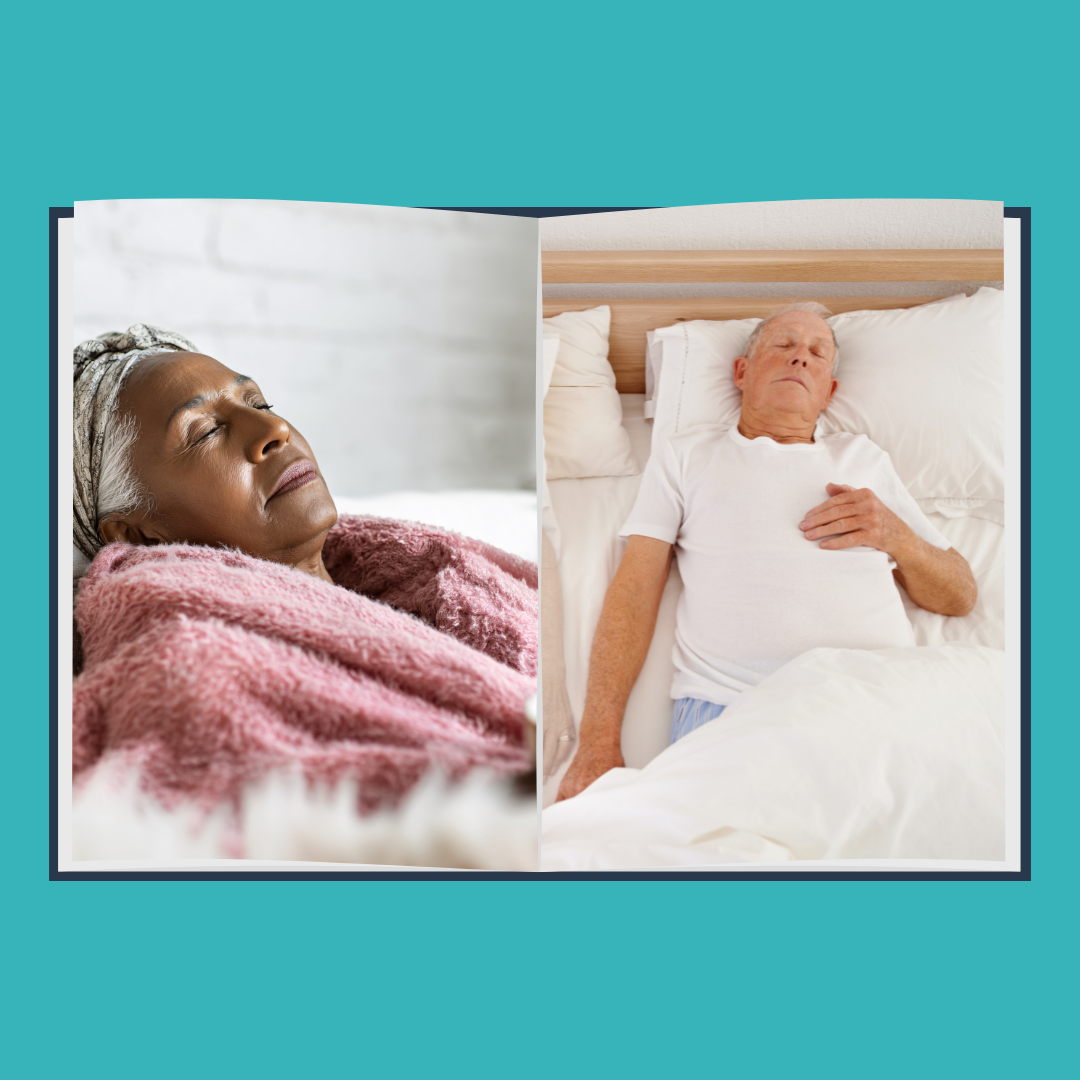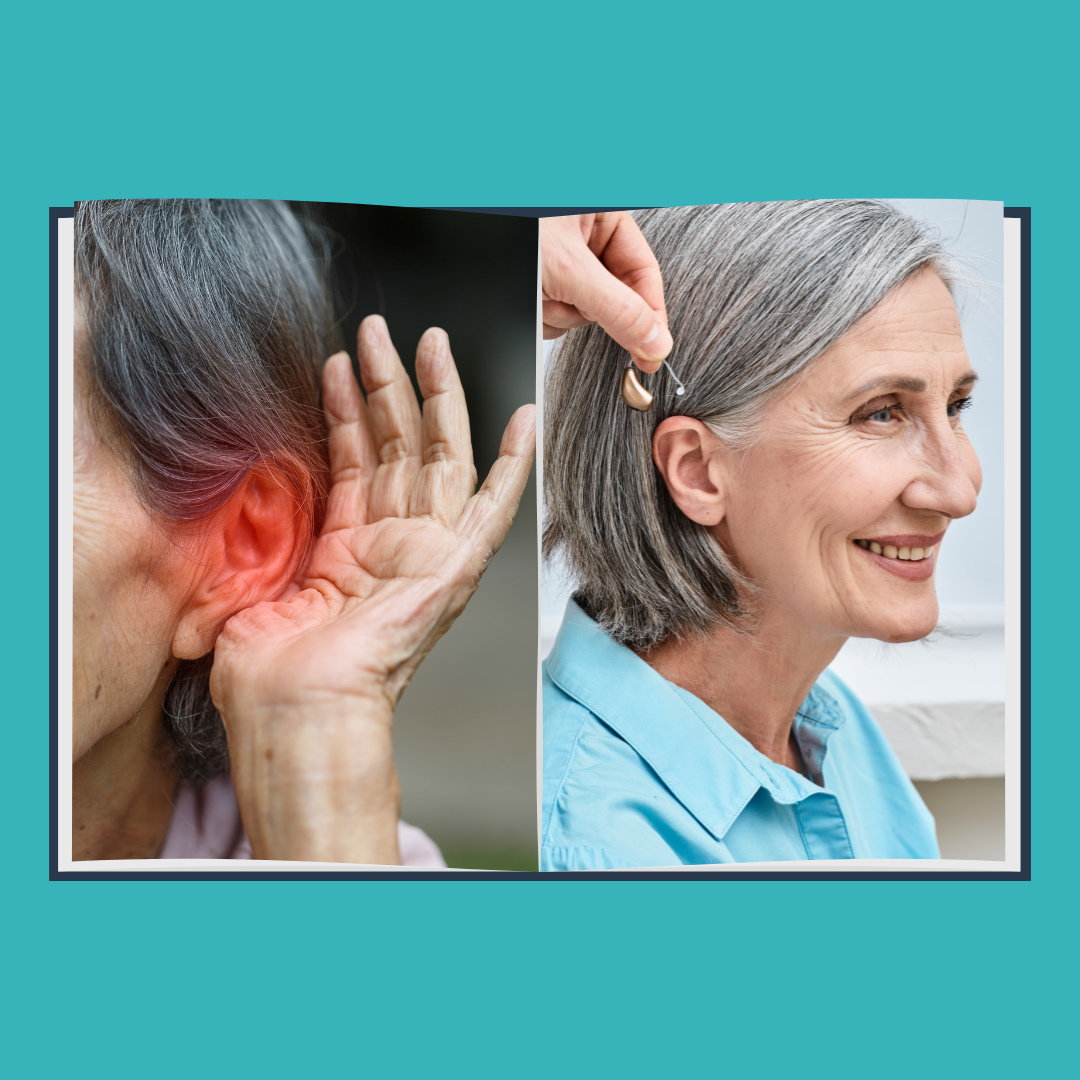New Paragraph
February 10, 2025
The Importance of Movement for Seniors
Why Movement Matters for Seniors
Staying active is one of the best ways seniors can maintain their physical and mental health. Regular movement supports cardiovascular health, enhances mobility, and strengthens muscles, reducing the risk of falls and injuries. Additionally, physical activity has been linked to improved cognitive function, helping to prevent memory loss and cognitive decline. However, during the winter months, it can be challenging to find safe ways to exercise due to cold temperatures and icy conditions. In-home caregivers provide essential support to help seniors stay active with customized routines that match their abilities and needs.
The Benefits of Regular Physical Activity for Seniors
1. Improved Mobility and Balance:
- Regular movement strengthens muscles and joints, reducing the risk of falls and fractures.
- Balance-focused exercises, such as tai chi or chair yoga, enhance stability.
2. Enhanced Cardiovascular Health:
- Activities like light aerobics or indoor walking can boost heart health.
- Exercise improves circulation, reducing the risk of heart disease and stroke.
3. Mental and Emotional Well-Being:
- Physical activity releases endorphins, reducing stress, anxiety, and depression.
- Exercise can enhance cognitive function and lower the risk of dementia.
4. Stronger Immune System:
- Staying active helps the body fight infections and illnesses more effectively.
- Moderate exercise is known to boost immune function.
Ways In-Home Care Supports Senior Activity
- Encouraging Safe Indoor Exercises:
- Gentle stretches, seated exercises, and light strength training can be done indoors to keep seniors moving.
- Yoga, resistance band exercises, and body-weight movements enhance flexibility and strength.
- Assistance with Walking:
- Even short walks around the home or in a community space can improve circulation and mobility.
- Caregivers ensure a safe walking environment, reducing the risk of slips and falls.
- Companion Activities:
- Engaging in fun activities such as dance, chair yoga, or light aerobics makes exercise enjoyable.
- Playing interactive games like Wii Sports or engaging in simple movement-based hobbies adds variety.
- Preventing Sedentary Lifestyles:
- Caregivers encourage movement throughout the day to prevent stiffness and muscle weakness.
- Regular reminders and scheduled activity breaks help seniors stay consistent with movement.
- Promoting Social Engagement:
- Activities like group exercises, virtual classes, or chair exercises with friends help seniors stay connected while staying active.
- Socializing during physical activities promotes motivation and reduces feelings of isolation.
Tips for Staying Active in the Winter
- Create a Daily Routine: Establish a structured schedule that includes regular movement to stay consistent.
- Use Technology for Guided Exercises: Online videos and virtual fitness classes can provide accessible workout routines.
- Modify Activities for Safety: Avoid outdoor exercise on icy surfaces and opt for indoor-friendly movements.
- Stay Hydrated: Even in colder months, proper hydration supports energy levels and muscle function.
- Dress in Layers: If going outside for a walk, wear warm, layered clothing to protect against the cold.
Movement is key to a healthy lifestyle, especially for seniors. Staying active improves physical health, enhances mood, and supports overall well-being. At Hope And Recovery Care, we prioritize physical well-being by encouraging safe and enjoyable activities tailored to each individual’s needs. Let us help you or your loved one stay active, independent, and healthy all year round!

Parkinson’s Disease in Seniors: How In-Home Care Enhances Mobility, Safety, and Emotional Well-Being
Explore how Parkinson’s disease impacts seniors and how in-home care improves mobility, safety, emotional well-being, and daily independence. A must-read guide for families supporting aging loved ones with Parkinson’s.







